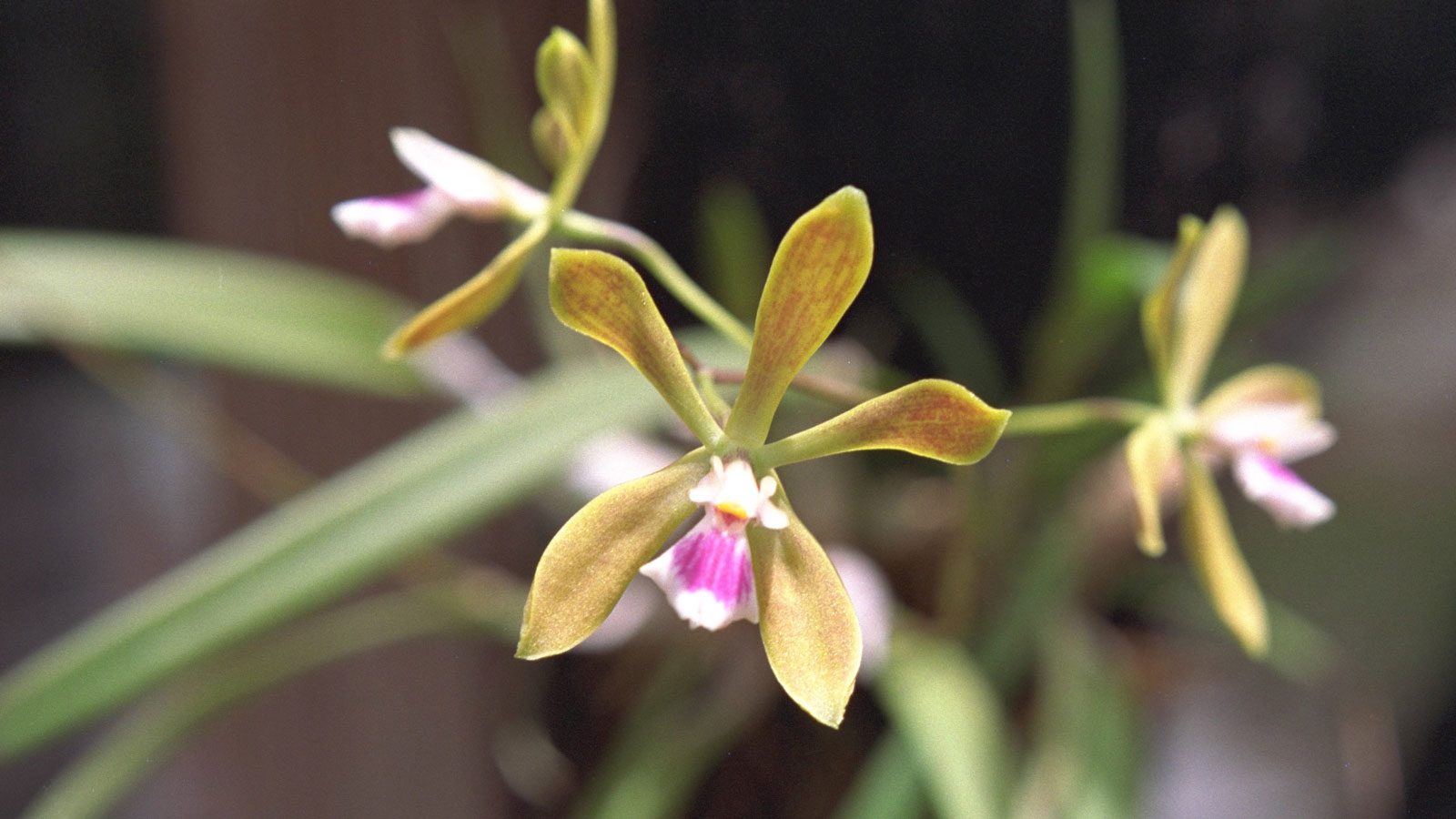Grow A Butterfly Orchid – Keep Your Own Butterfly Orchid Flower
Ever seen a butterfly orchid flower and wondered if you could grow your own? Find out how to cultivate your own dazzling Encyclia tampensis specimen as a houseplant


The term ‘orchid’ is commonly used to describe a diverse range of plants that vary greatly from one species to another. Most types of orchids are known for their impressive beauty and immense flower spikes. One species in particular – the Tampa butterfly orchid flower – is highly prized for its floriferous habit and unique coloration.
For orchid lovers looking to grow their houseplant collection, the good news is that you can grow these plants indoors – with the right orchid care. Learning more about the Tampa butterfly orchid can help you provide the best care possible and raise your awareness of this amazing houseplant specimen.
How and Where Tampa Butterfly Orchids Grow Best
The species of butterfly orchid originate in warm tropical regions. The Tampa butterfly orchid (Encyclia tampensis) first earned its name when it was discovered growing wild in Tampa, Florida. Native to frost-free areas of this region and in Cuba and the Bahamas, plants are most frequently found growing above the forest floor.
As an epiphytic orchid, these plants do not require soil to grow. Most spend their lives attached to the surface of trees, fallen logs or other vegetation. Southern live oak and other trees with rough types of bark are likely to play the best hosts.
In their native range, butterfly orchids thrive in areas that are high in humidity and consistently moist. Dependable shade throughout the hottest portions of the day plays an important role in the development, longevity and quality of the flowers.

Can You Grow Tampa Butterfly Orchids?
As this orchid is relatively rare, it is important to note that there are laws and regulations in place to help protect it. Under no circumstances should these wild plants ever be disturbed or harvested in any way.
Fortunately for orchid lovers who have been lured by their beauty, the butterfly orchid may sometimes be found for sale through reputable plant nurseries. Since the commercial sale of this species requires a permit, it is imperative to identify the plant’s source before you buy.
Sign up for the Gardening Know How newsletter today and receive a free copy of our e-book "How to Grow Delicious Tomatoes".
Growing Tampa Butterfly Orchids as Houseplants
Growing butterfly orchids as houseplants is a viable option outside the plant’s native hardiness range (USDA zone 8). Butterfly orchids should be planted in a light orchid potting mix specifically formulated for orchids. This will most often include a mixture of bark chips, sphagnum moss and vermiculite. This mixture helps to retain much needed moisture, but allows the excess to drain away efficiently.
The best Encyclia tampensis care involves a warm growing location safe from sudden drafts or abrupt changes in temperature. The right light is also important – bright filtered light or dappled light is ideal. Providing the proper conditions is essential in helping the plant to produce blooms. For the best results, orchids should be placed near a sunny window, allowing for access to ample indirect sunlight.
Throughout periods of active growth, routine orchid irrigation is needed to keep plants looking their best. To help maintain adequate levels of humidity indoors, an occasional misting may also be required.

Frequently Asked Questions
Which Colors Do You Find with Butterfly Orchids?
Though butterfly orchid colors are limited (generally yellow and green), the plant more than makes up for this in its ability to produce a large number of blooms. Iit is not uncommon for established plants to produce upwards of 50 flowers at one time.
Are Butterfly Orchids Fragrant?
Yes, these orchids do have a distinctive fragrance. Some liken it to honey, while others compare it to sandalwood or cloves. The aroma of these orchids is most potent during May and June, when they are actively flowering.

Tonya Barnett has been gardening for 13 years. Flowers are her passion. She has transformed her backyard into a cut flower garden, which she regularly chronicles on her YouTube channel http://www.youtube.com/@tonyawiththeflowers.